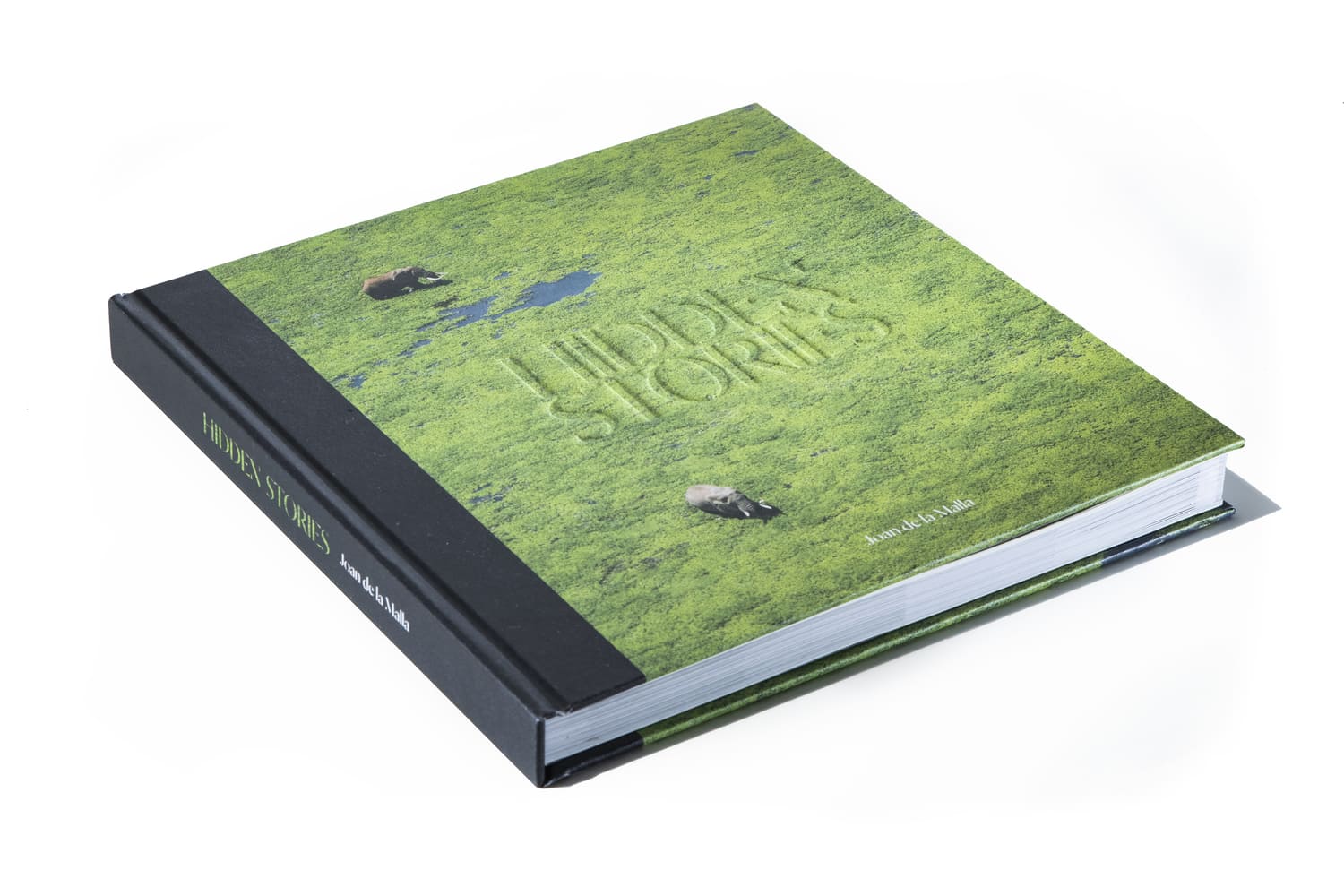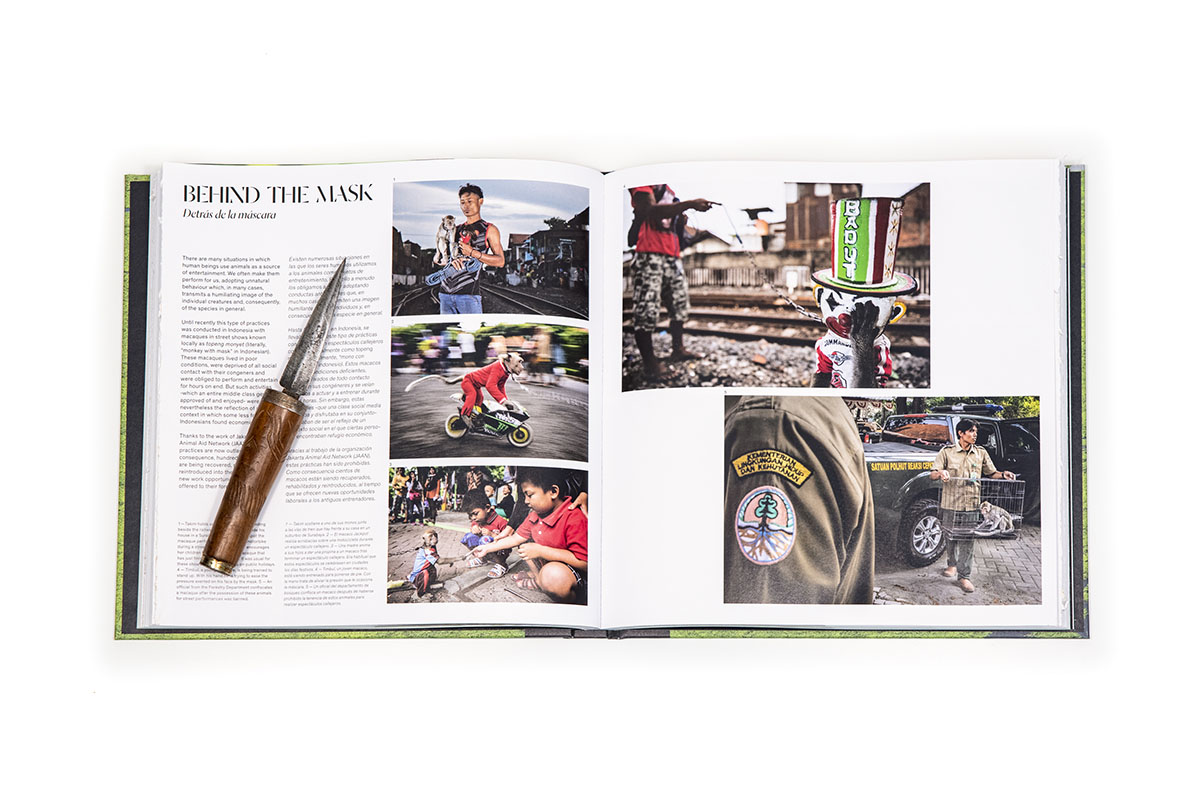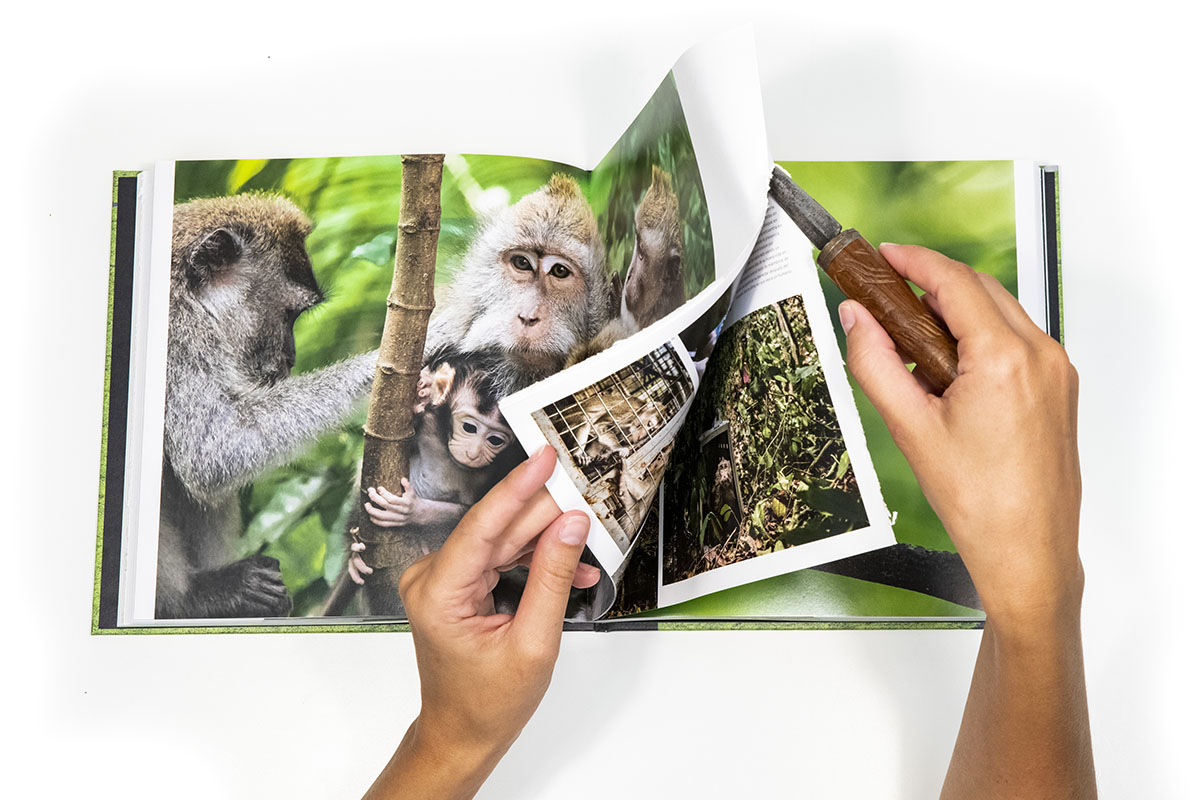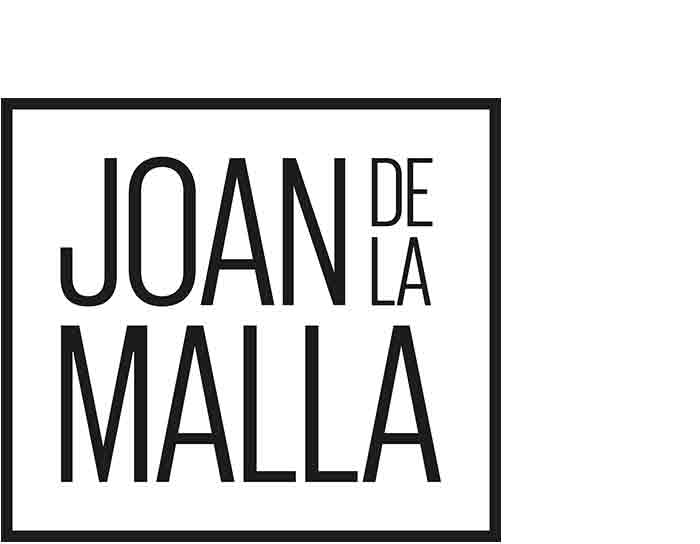
“Joan de la Malla’s book presents the terrible harm that we humans are inflicting on the natural world in a novel and thought provoking way. For me, it symbolizes that most people do not realize the consequences that so many of our actions have on the world, but by actually cutting the paper we come, shockingly, face to face with the terrible harm we have inflicted. Awareness is raised, and most importantly of all we are also provided with actions we can take in our daily lives to help mitigate the harm.”
Dr. Jane Goodall, DBE
Founder of the Jane Goodall Institute
& UN Messenger of Peace

HIDDEN STORIES is a photographic book created with the highest quality standards that aims to contributes to the conservation of nature through emotion, awareness and originality.
The book (whose texts are in English and Spanish) features 25 different conservation stories. Through these stories I intend to make the reader reflect on our impact on the planet and how some of our daily habits can affect or mitigate some of these problems.
HIDDEN STORIES proposes a new and original approach to the traditional photographic book by involving the reader in the decision-making process of discovering the threats to nature.
MORE INFO
For this, the book is presented in a variation of Japanese folding style (in which the sheets are folded on their outer margin) with images of gorgeous and pristine natural scenarios displaying in the outside pages of every fold. To discover the hidden stories related to these scenarios, the reader will have to cut the edge of the fold to access to the inner pages (there are 2 double pages inside each fold). Once in the inner pages, the reader will not only discover photographs and texts about nature environment hazards or successful conservation stories but also what he/she can do to contribute to the conservation of that specific area.
The physical action of cutting the edges is a metaphor of how gorgeous is nature without the human impact and what happens with an irresponsible abuse of the natural heritage.
It also reminds us that humans, sometimes, when we act over nature, we damage it in irreversible ways, like the pages of the book, that once cut, cannot be recovered.
But even more important, this physical action is also a metaphor for our human behaviour regarding conservation:
- One has to make the effort to look to really know about what’s going on.
- One has to do something to discover the hidden problems that underly our modern way of life.
- One has to act assuming that every action has its consequences.
All actions in favour of conservation require small sacrifices, maybe a change in our way of life (in this case represented by the “destruction” of the initial and pristine aspect of the book as a sacrifice one has to make).
In short, the book pretends to show that behind each beautiful topic in nature it may exist a hidden problem or conservation story. Often this information is not easy to find and it requires an active prospective attitude to know the truth.



